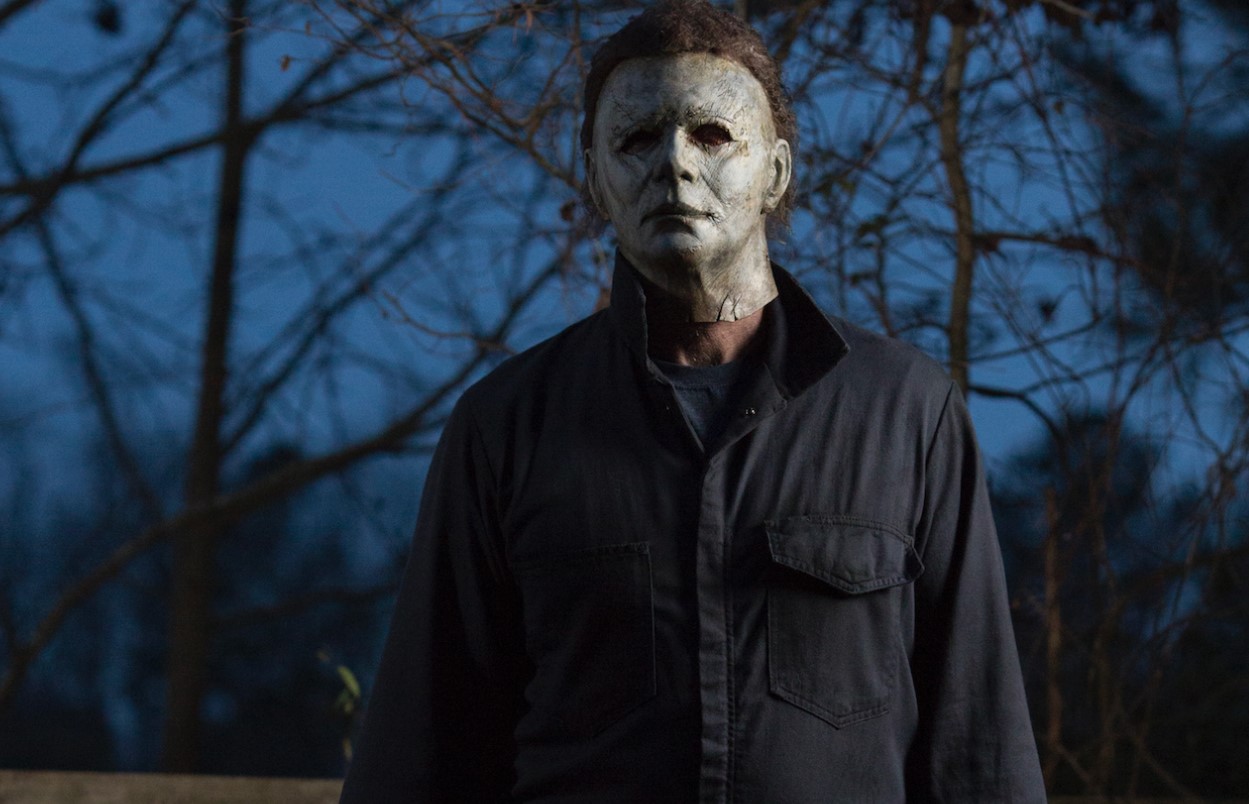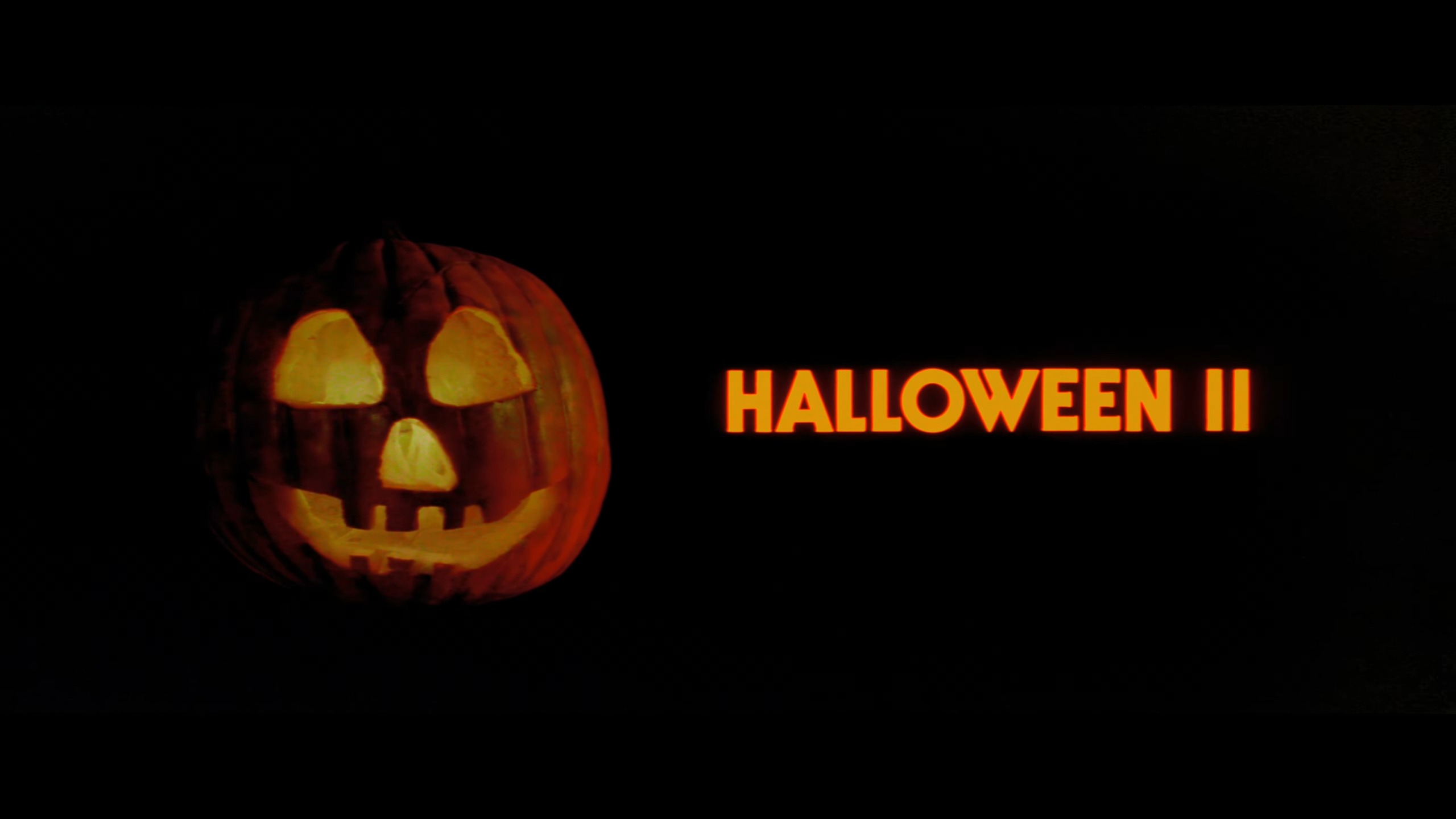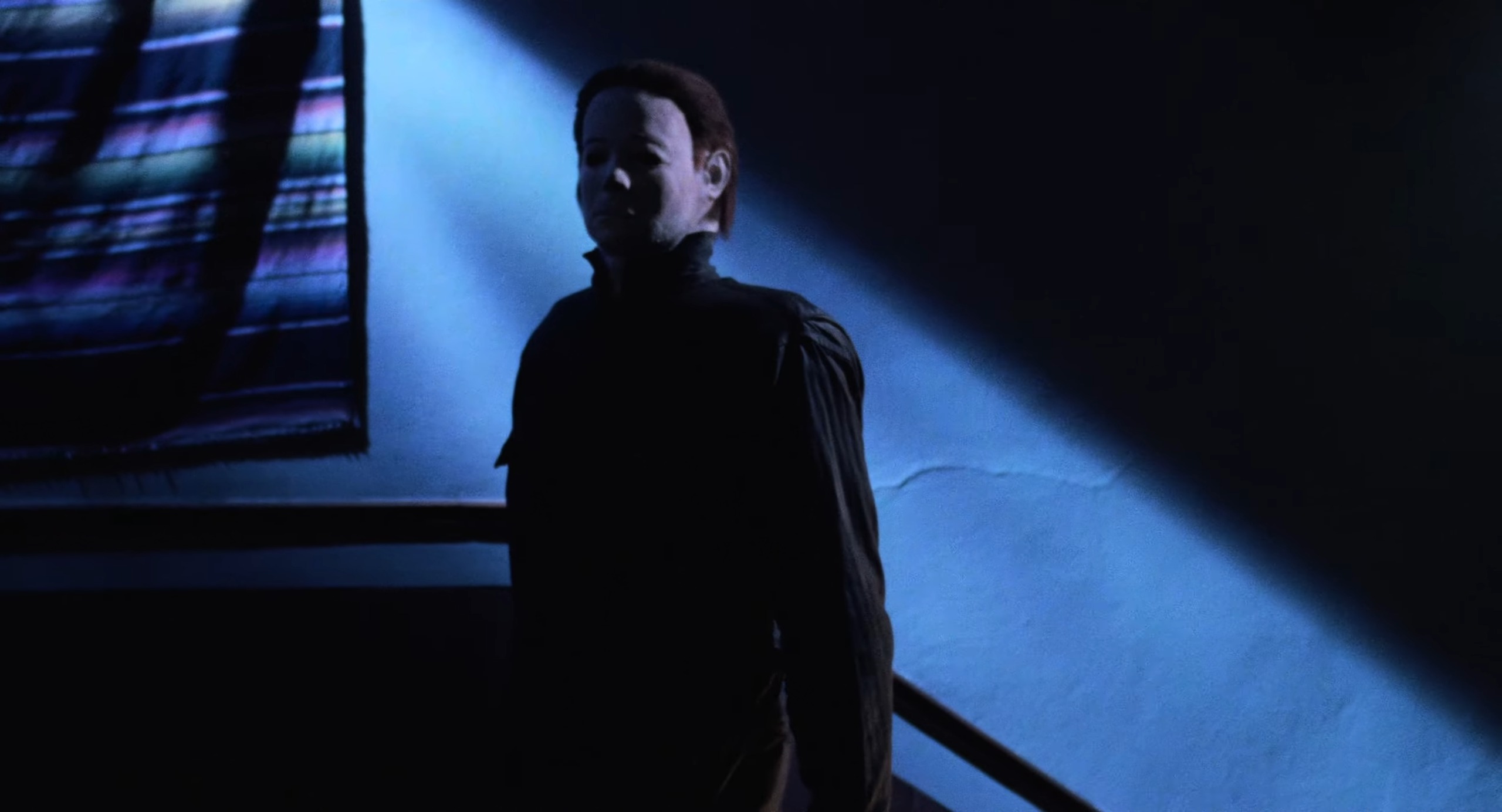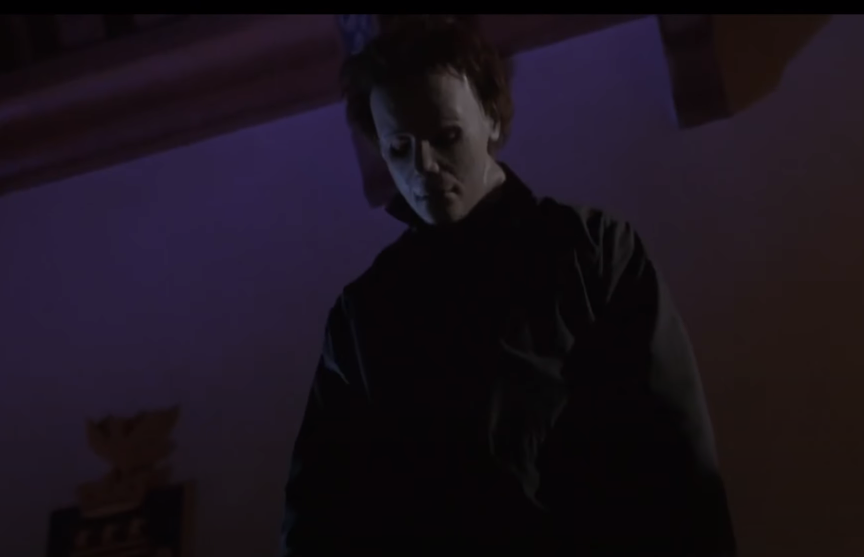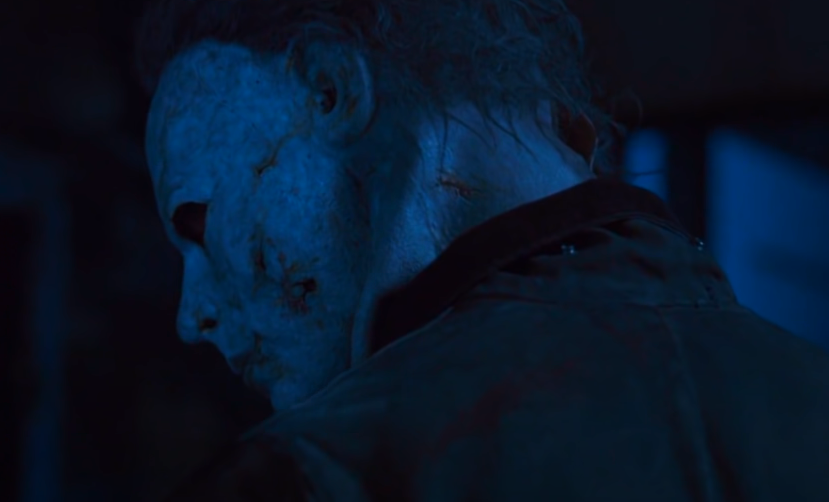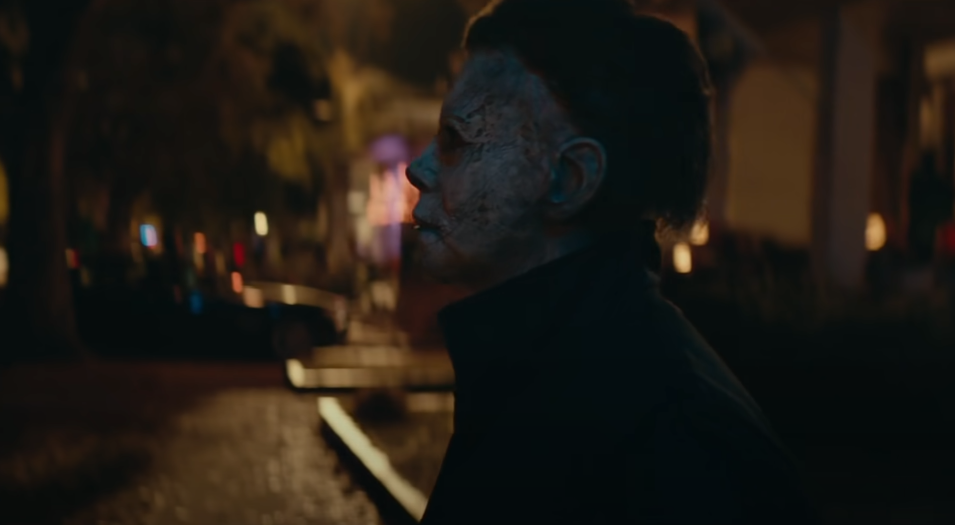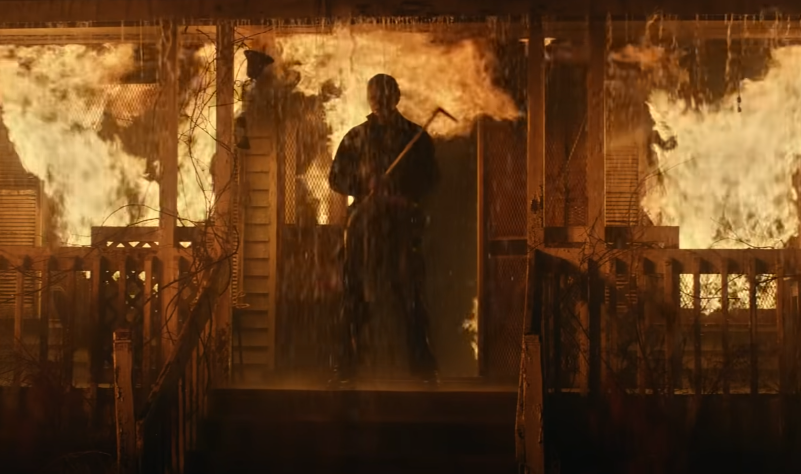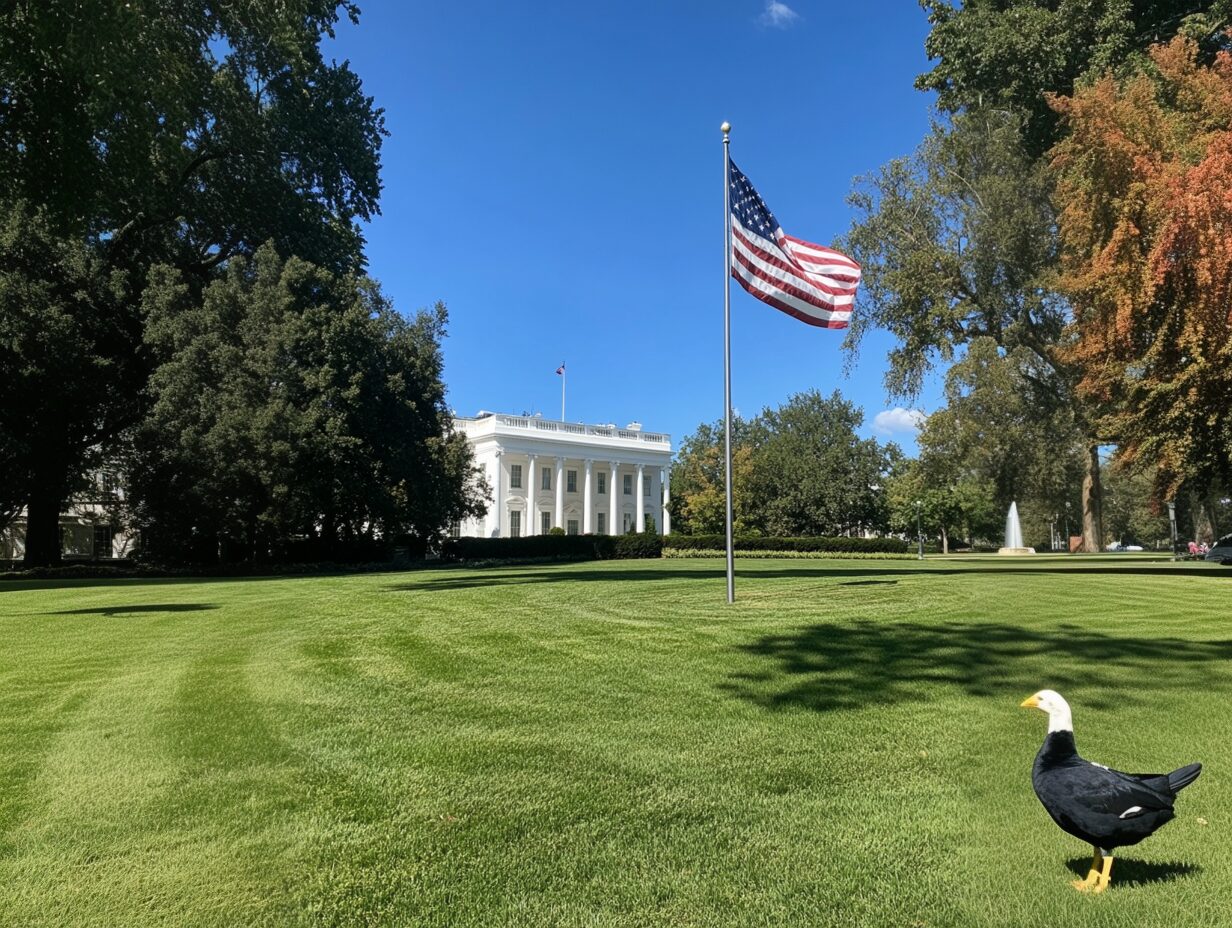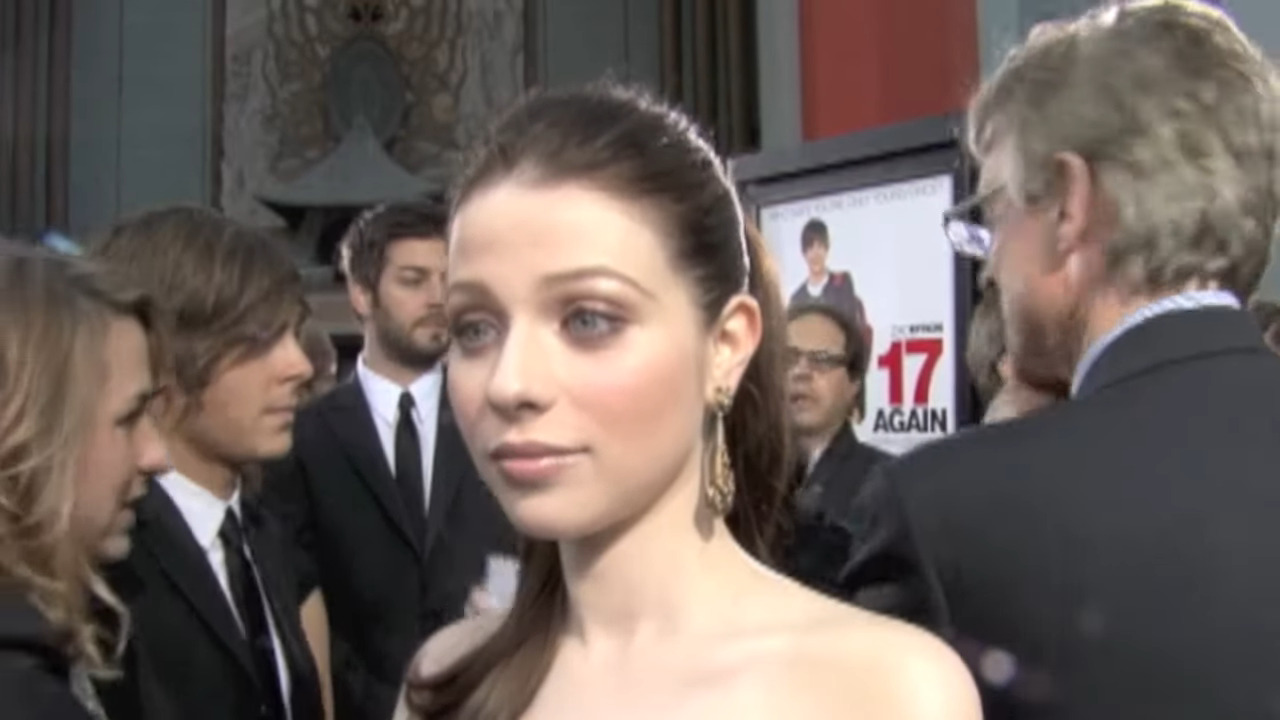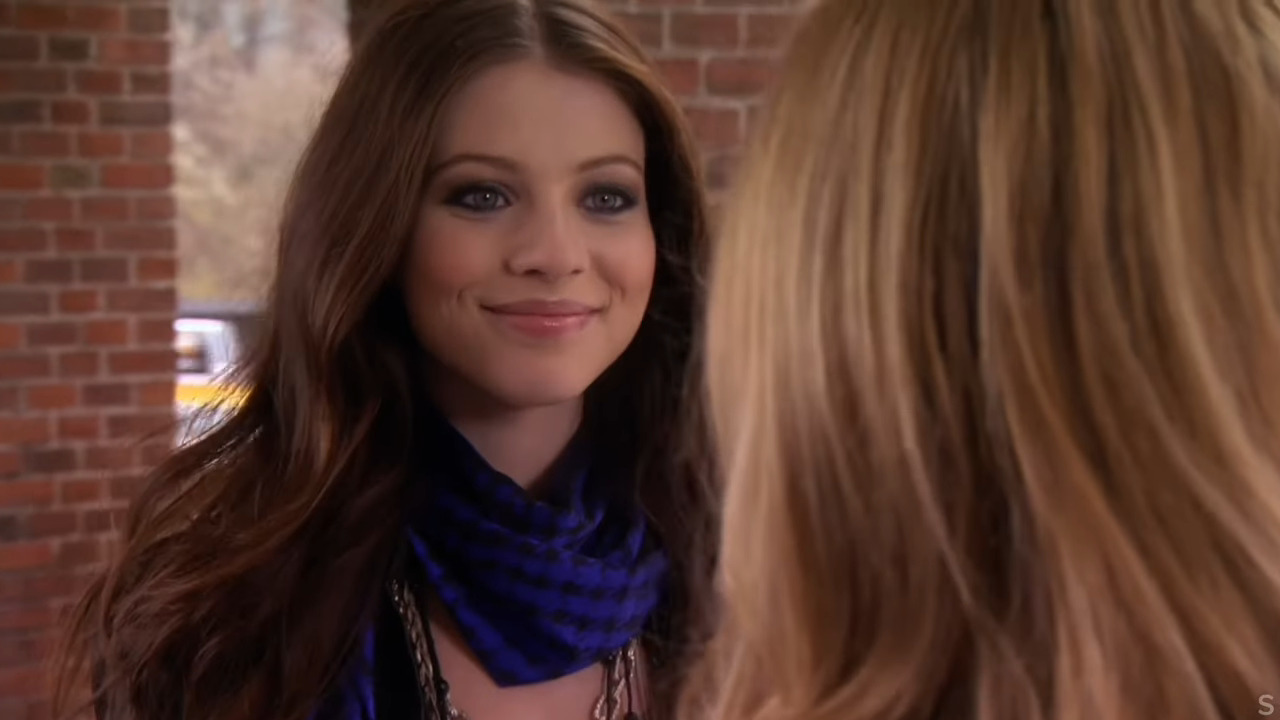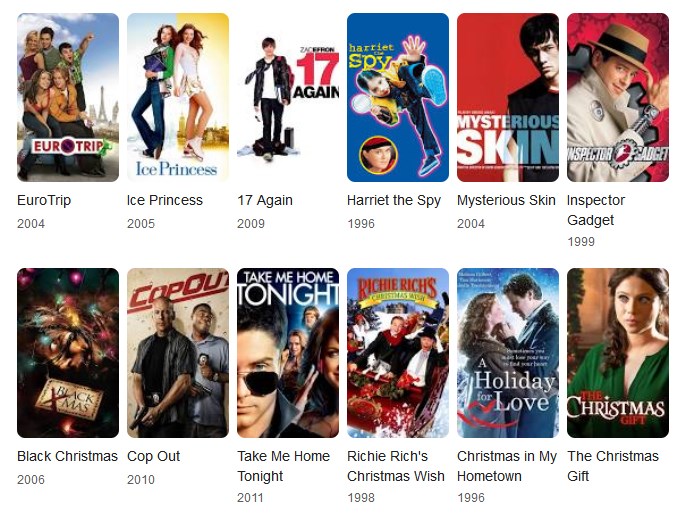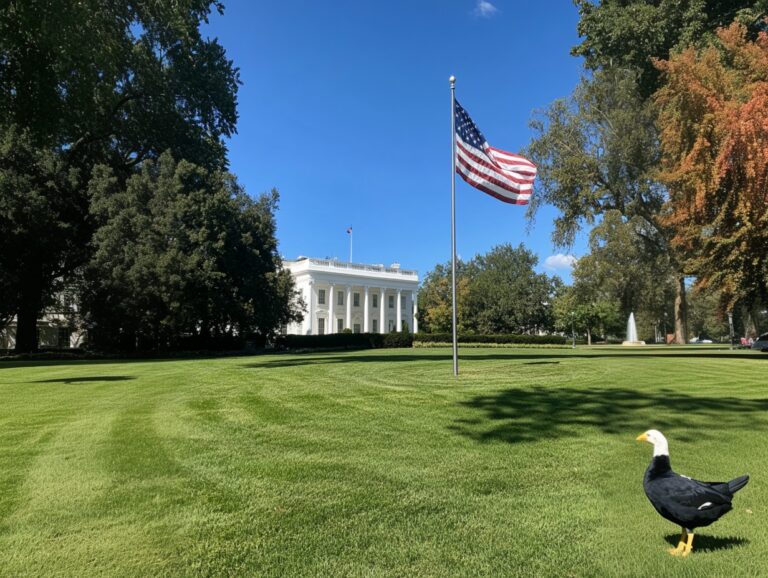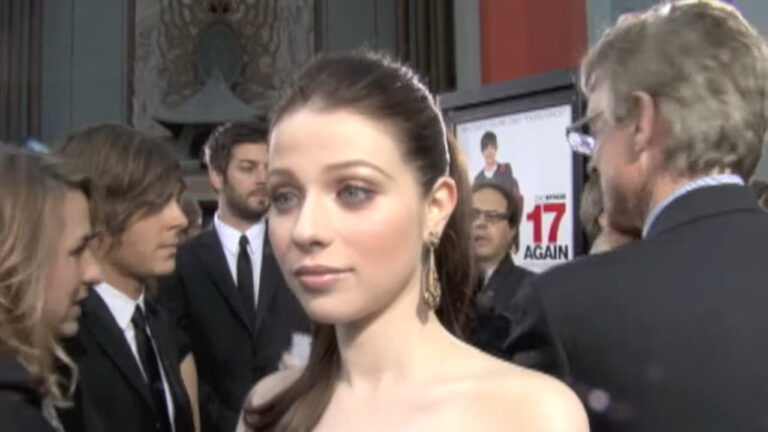If you’re a fan of horror movies, you’ve undoubtedly come across the iconic “Halloween” series. But with so many sequels, remakes, and spin-offs, it’s easy to lose track of how many there actually are. Let’s get into the Halloween franchise, breaking down each film and its significance.
The Halloween franchise has been both a source of terror and confusion for many. With a total of 13 films, including remakes and spin-offs, it’s no wonder fans find it challenging to keep track. I will guide you through the maze of Halloween movies, providing clarity and insights into each installment.
How Many Movies Are There?
There are 13 Halloween movies in total, including remakes and the not-yet-released “Halloween Ends.”
Chronological Order
It’s difficult to list the Halloween movies in definitive chronological order, but here’s what we know for sure: The first Halloween movie is the 1978 original, “Halloween,” which introduces leading characters Laurie Strode and Michael Myers. “Halloween II” follows, then “Halloween 4: The Return of Michael Myers.” Next comes “Halloween 5: The Revenge of Michael Myers,” then “Halloween: The Curse of Michael Myers,” and “Halloween H20: 20 Years Later.” After that is “Halloween: Resurrection.” “Halloween Kills” directly follows, and “Halloween Ends” marks the H40 trilogy’s conclusion.
The chronology is complicated by Rob Zombie’s two remakes, “Halloween” and “Halloween II,” which take place in a separate timeline from the aforementioned movies. Finally, “Halloween III: Season of the Witch” — the franchise’s solo attempt at making a Halloween anthology series — takes place in a different universe and doesn’t connect to the rest of the franchise at all, so it also doesn’t fit into the timeline.
Ahead, take a closer look at all the Halloween movies over the years in order of theatrical release.
The Original Trilogy
Halloween (1978)
The film that started it all. Directed by John Carpenter, the original Halloween introduced audiences to the masked killer, Michael Myers, and his obsession with Laurie Strode. Set in Haddonfield, this film set the tone for the entire series and remains a classic in the horror genre.
Halloween II (1981)
A direct continuation of the first film, Halloween II sees Michael Myers pursuing Laurie Strode to the local hospital. The film deepens the lore, revealing a familial connection between Michael and Laurie, setting the stage for future sequels.
Halloween III: Season of the Witch
This was envisioned as the start of a new anthology format for the series. The idea was to release a new Halloween-themed story every year, each unrelated to the others.
This would allow for a variety of horror tales under the “Halloween” banner. John Carpenter and Debra Hill, the original creators, believed that the Michael Myers story had been told in the first two films and wanted to explore fresh narratives. Their vision was to redefine what the Halloween series could be.
The Middle Chapters
Halloween 4: The Return of Michael Myers (1988)
After a departure from the Michael Myers storyline in the third installment, the series returns to its roots with Halloween 4. This film introduces Jamie Lloyd, Laurie’s daughter, as Michael’s new target.
Halloween 5: The Revenge of Michael Myers (1989)
A direct follow-up to the fourth film, Halloween 5 continues Jamie’s story as she grapples with her connection to her murderous uncle. The film hints at a mysterious “Man in Black” who seems to have ties to Michael.
Halloween: The Curse of Michael Myers (1995)
This installment delves deeper into the mythology surrounding Michael Myers. Halloween 6 introduces the concept of the “Curse of Thorn,” a druidic curse that compels Michael to kill his family members.
The H20 Timeline
Halloween H20: 20 Years Later (1998)
Ignoring the events of the fourth through sixth films, Halloween H20 serves as a direct sequel to the first two movies. Laurie Strode, now living under an assumed identity, faces her brother once again, two decades after their initial encounter.
Halloween: Resurrection (2002)
Following the events of H20, Halloween: Resurrection sees a group of reality show contestants spending a night in Michael Myers’ childhood home, unaware of the danger lurking within.
The Rob Zombie Era
Halloween (2007)
Rob Zombie, known for his unique style and gritty approach to filmmaking, took on the challenge of reimagining the Halloween mythos. In 2007’s Halloween, Zombie gets into Michael Myers’ troubled childhood, providing a more detailed backstory to the masked killer. This film offers a darker, more brutal version of Michael, emphasizing the human tragedy behind the monster.
Halloween II (2009)
Following his initial remake, Zombie returned with Halloween II in 2009. This sequel further explores the psychological trauma experienced by Laurie Strode and the continued rampage of Michael Myers. With a more dreamlike and symbolic approach, this film stands out as one of the most unique entries in the franchise.
The H40 Trilogy: A Return to Roots
Halloween (2018)
Forty years after the events of the original film, the series returns with Halloween (2018). Ignoring all previous sequels, this film serves as a direct continuation of the 1978 classic. Laurie Strode, now a grandmother, has been preparing for Michael’s inevitable return. The film delves into the trauma experienced by survivors and the generational impact of that fateful Halloween night.
Halloween Kills (2021)
The story continues with Halloween Kills, which picks up immediately after the events of the 2018 film. As Haddonfield grapples with the aftermath of Michael’s latest rampage, the town’s residents band together to confront the evil that has haunted them for decades.
Halloween Ends (Upcoming)
Set to conclude the H40 trilogy, “Halloween Ends” promises a final showdown between Laurie Strode and Michael Myers. While details remain under wraps, anticipation is high for this climactic entry in the series.
The Legacy and Cultural Impact
The Masked Menace: Michael Myers’ Influence
The Iconic Mask
One of the most recognizable elements of the Halloween franchise is Michael Myers’ emotionless white mask. This mask, which was originally a Captain Kirk mask painted white, has become a symbol of pure evil. Its blank stare and pale color have been the stuff of nightmares for generations. The origin of the mask is a fascinating tale of low-budget filmmaking ingenuity.
Influence on Slasher Villains
Michael Myers paved the way for a slew of masked killers in horror cinema. Characters like Jason Voorhees from “Friday the 13th” and Ghostface from “Scream” owe a debt to the silent, relentless nature of Michael. His methodical stalking and emotionless demeanor set a template for what a slasher villain could be, emphasizing an unstoppable force driven by unknown motivations.
The Sound of Fear: John Carpenter’s Score
The Haunting Melody
John Carpenter’s iconic score for Halloween is as integral to the film’s success as its characters and plot. The simple yet haunting piano melody creates an atmosphere of impending doom, signaling Michael Myers’ presence even before he appears on screen. Carpenter’s approach to the score was minimalist but incredibly effective, proving that sometimes less is more.
Influence on Horror Soundtracks
The Halloween theme has influenced countless horror scores over the years. Its repetitive, escalating melody has been emulated and adapted in various forms, showcasing the power of music in amplifying on-screen terror. Films like “It Follows” and “The Guest” have taken inspiration from Carpenter’s synthesizer-heavy sound, paying homage to the master of horror.
The Final Girl Trope: Laurie Strode’s Legacy
Defining the “Final Girl”
Laurie Strode is often cited as one of the earliest and most iconic “Final Girls” in horror cinema. The term “Final Girl” refers to the last woman standing in a horror film, typically the one who confronts the killer and survives. Laurie’s intelligence, resourcefulness, and resilience set the standard for future Final Girls. Carol J. Clover’s analysis of the trope delves deep into its cultural significance and evolution.
Empowerment and Evolution
Over the years, the portrayal of the Final Girl has evolved, reflecting changing societal attitudes towards gender and empowerment. From a passive victim to an active fighter, characters like Laurie Strode have paved the way for a new generation of empowered female protagonists in horror, from Sidney Prescott in “Scream” to Erin in “You’re Next.”
Frequently Asked Questions (FAQ)
1. Why was Michael Myers’ mask chosen to be a Captain Kirk mask?
The mask was chosen due to budget constraints. The production team found a cheap Captain Kirk mask, painted it white, and altered the hair and eye holes to create the now-iconic Michael Myers mask.
2. Are there any plans for more Halloween movies after “Halloween Ends”?
As of now, “Halloween Ends” is marketed as the concluding chapter of the H40 trilogy. However, given the franchise’s popularity, future installments or spin-offs are always a possibility.
3. Who owns the rights to the Halloween franchise?
The rights have changed hands multiple times over the years. Currently, Blumhouse Productions, in collaboration with Universal Pictures, has been responsible for the recent films.
4. Why didn’t John Carpenter direct all the Halloween movies?
While Carpenter directed and co-wrote the original, he felt he had told the story he wanted to with the first two films. He remained involved in various capacities, such as producing or composing, but chose not to direct the subsequent movies.
5. Are the Halloween movies based on true events?
No, the Halloween movies are works of fiction. However, John Carpenter was inspired by real-life patients he saw at a psychiatric institution, which influenced the creation of Michael Myers.
Final Words
The Halloween franchise, with its intricate web of sequels, remakes, and spin-offs, remains a testament to the enduring appeal of the horror genre. Michael Myers, with his haunting mask and silent demeanor, has become a cultural icon, representing the pure, relentless nature of evil. As fans, we’ve been both terrified and captivated, eagerly awaiting each new chapter in this spine-chilling saga. Whether you’re a die-hard fan or a curious newcomer, the world of Halloween offers a thrilling journey into the heart of cinematic horror.

